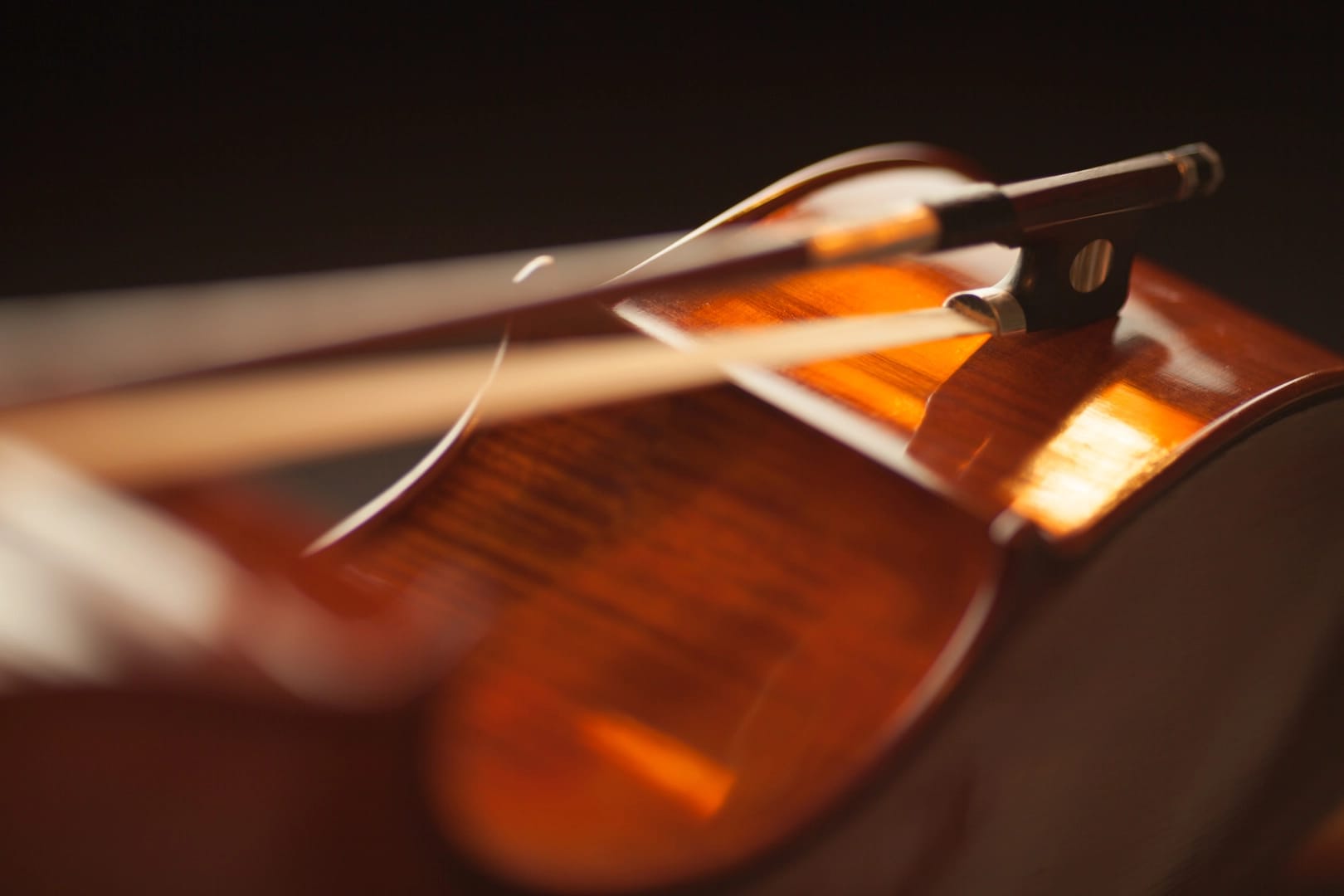
The violin has been with us for quite some time. It first appeared in Italian compositions of the late 16th century. In the first half of the 17th century, Italian and German composers expanded the playing techniques of the instrument.
After 1650, Italian composers turned their attention to the true musical qualities of the violin and they developed the “singing” style that we love so much. This led to Corelli and Vivaldi, to Bach (who carefully studied Vivaldi’s string writing), and then to Mozart, Beethoven, and beyond.
 John Dryden, by Sir Godfrey Kneller
John Dryden, by Sir Godfrey Kneller
John Dryden paid tribute to the instrument’s expressive capabilities in his “Song for St. Cecilia’s Day,” written in 1687:
Sharp violins proclaim
Their jealous pangs, and desperation,
Fury, frantic indignation,
Depth of pain, and height of passion.
Ambrose Bierce was a bit less rhapsodic in 1911. In The Devil’s Dictionary he defined the “fiddle” as “an instrument to tickle human ears by friction of a horse’s tail on the entrails of a cat.”
He was referring to the fact that violin strings used to be made of catgut and also that then and now horsehair is used for the bow. The same idea was stated poetically in 1875 by George T. Lanigan:
A squeak’s heard in the orchestra,
The leader draws across
The intestines of the agile cat
The tail of the noble hoss.







